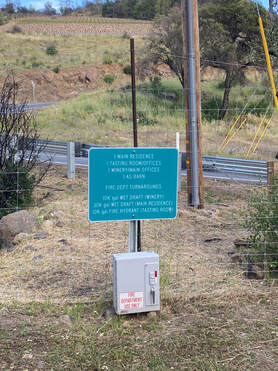|
Fire preparedness and designing defensible spaces is top of mind for our community. Since 2017, 60% of the landcover in Napa County has been touched by fire. Across California, over 4.3 M acres of land burned in 2020 alone. Wildfires have become the new normal in California, so as a community we must work together to be more resilient and better prepared; creating fire ready vineyards and landscapes is essential.
|
|
|
This checklist was developed in partnership with Alan Viader, NVG Wildfire Taskforce member, vineyard manager & winemaker at VIADER and volunteer at the Deer Park Fire Department, and Erick Hernandez of Napa County Fire.
|

|
